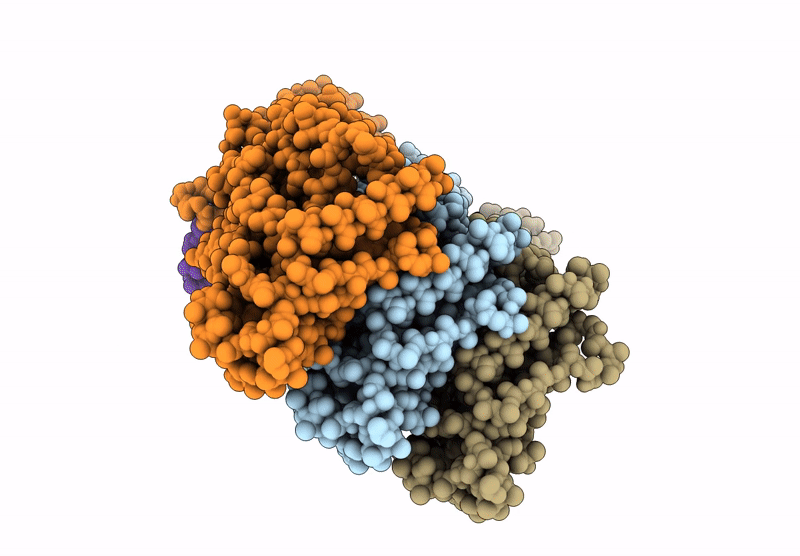
Deposition Date
2020-06-13
Release Date
2020-11-18
Last Version Date
2024-05-01
Entry Detail
Biological Source:
Source Organism:
Streptococcus intermedius (Taxon ID: 1338)
Homo sapiens (Taxon ID: 9606)
Homo sapiens (Taxon ID: 9606)
Host Organism:
Method Details:
Experimental Method:
Resolution:
4.60 Å
Aggregation State:
PARTICLE
Reconstruction Method:
SINGLE PARTICLE


